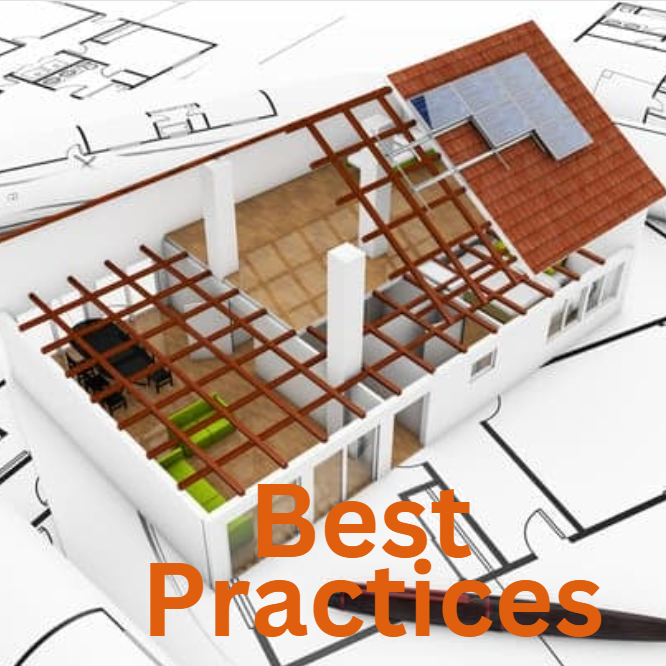
As the demand for solar energy increases, so does the need for efficient and accurate 3D modelling of solar systems.
A well-executed 3D model is crucial to ensure that the solar energy system is designed to its maximum potential and performs optimally.
In this article, we’ll discuss some best practices to keep in mind when creating 3D models of solar systems.
- Gather Accurate Site Data
Before beginning the 3D modeling process, it’s important to gather accurate site data. This includes site survey information, terrain data, and shading analysis. Accurate data allows for more precise modeling, which can lead to better system performance. - Use High-Quality Images and Mapping Tools
When creating a 3D model, it’s important to use high-quality images and mapping tools. High-quality images will provide more accurate information for the 3D model. Mapping tools such as GIS software can help with terrain and shading analysis, as well as providing an accurate representation of the site. - Choose the Right Software
Choosing the right software is crucial for creating an accurate 3D model. There are several software options available for solar 3D modeling, such as SketchUp, PVsyst, and HelioScope. Each software has its strengths and weaknesses, so it’s important to research and choose the one that best fits your needs. - Use Proper Scale and Orientation
When creating a 3D model, it’s important to use the proper scale and orientation. The scale should be accurate to ensure that the solar panels and other components are sized correctly. The orientation should also be accurate to ensure that the panels are facing the correct direction for optimal performance. - Consider Shading and Obstructions
Shading and obstructions can have a significant impact on the performance of a solar system. When creating a 3D model, it’s important to consider potential shading and obstructions, such as nearby buildings or trees. This information can be used to determine the best placement of the solar panels for maximum energy production. - Verify and Test the Model
Once the 3D model is complete, it’s important to verify and test its accuracy. This can be done by comparing the modeled performance to actual performance data. Any discrepancies should be addressed and corrected to ensure optimal system performance.
In conclusion, 3D modeling is an important step in the design and installation of solar energy systems. By following these best practices, you can ensure that your 3D model is accurate and leads to optimal system performance.

